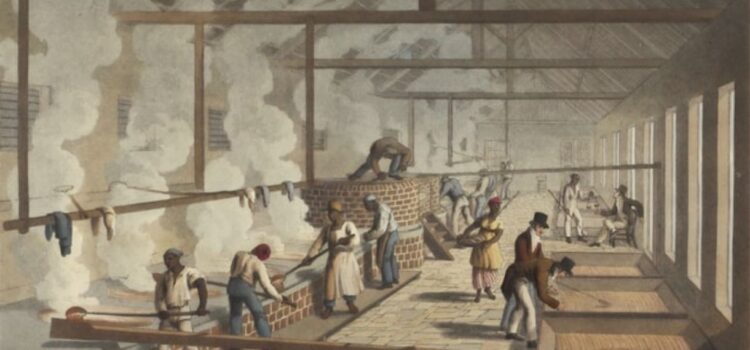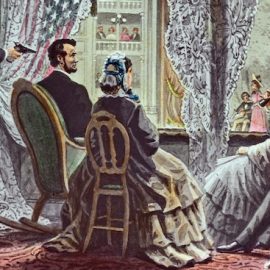

This article is an excerpt from the Shortform book guide to "Caste" by Isabel Wilkerson. Shortform has the world's best summaries and analyses of books you should be reading.
Like this article? Sign up for a free trial here .
Who was James Hammond? What is the Mudsill theory of slavery, according to Hammond?
James Hammond was a politician and a wealthy plantation baron who served as a Representative, Senator, and Governor. He is best known for his 1858 speech which he delivered to the Senate, suggesting that there should always be a lower class to serve the upper class.
Read more about James Hammond and his role in propagating the ideology of white supremacy.
Who Was James Hammond?
In 1858, Senator James Hammond from South Carolina delivered a speech to the Senate explaining the need for bottom dwellers. He argued that the tasks that make up the drudgery of life require little intelligence and skill and are beneath the efforts of the dominant caste. He concluded that former slaves were lucky to be allowed to perform menial tasks because the tasks elevated these subhumans from the station God intended for them.
Senator Hammond was known for many things throughout his life. He enslaved more than 300 people on his plantations and had a reputation for sexually assaulting at least two slave women, one who was believed to be his daughter. He also sexually assaulted his four nieces, blaming them for his abuse when it became public. But this speech is perhaps what he is best known for because it defined the fifth tenet of a caste system in a way that caught fire across the country.
Hammond’s suggestions weren’t revolutionary. After Reconstruction ended, the dominant caste took action to ensure the subordinate caste remained in the most menial positions. The dominant caste restricted blacks to work as sharecroppers or servants. Even those who became educated could only hope to teach or minister to their own caste.
South Carolina even passed legislation prohibiting black people from working in any sort of trade, business, or artisanship without the approval of a district judge and a license. The fee for the one-year license was $100, which is the equivalent of $1,500 today. There was no way a black person could generate that kind of money to earn a professional license, so the law kept them firmly in place as manual laborers.
Hammond reinforced the view that blacks were only capable of serving whites or doing the work whites wouldn’t dream of doing. Even when blacks escaped to the North, these ingrained white beliefs kept them from moving up the professional ladder. Unions blocked black membership in trade organizations, such as carpentry or plumbing, and city inspectors rejected licenses for black electricians.
In 1890, 85% of black men and 96% of black women worked in either agriculture or domestic service. Those statistics held through the Great Depression 40 years later. Even when the country became more progressive, the dominant caste found ways to control the professional ranks of the subordinate caste.

———End of Preview———
Like what you just read? Read the rest of the world's best book summary and analysis of Isabel Wilkerson's "Caste" at Shortform .
Here's what you'll find in our full Caste summary :
- How a racial caste system exists in America today
- How caste systems around the world are detrimental to everyone
- How the infrastructure of the racial hierarchy can be traced back hundreds of years






